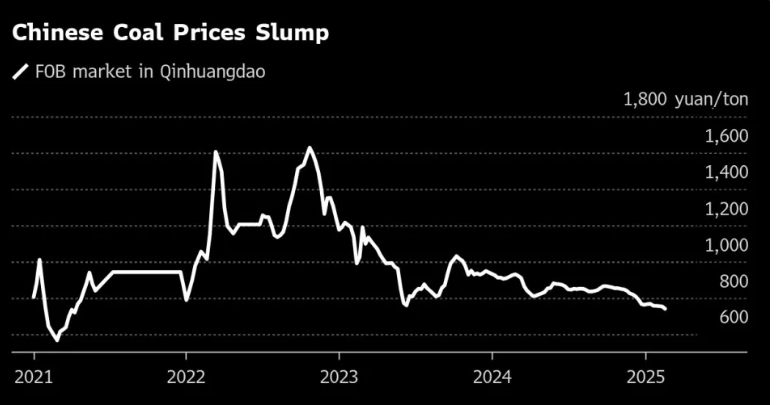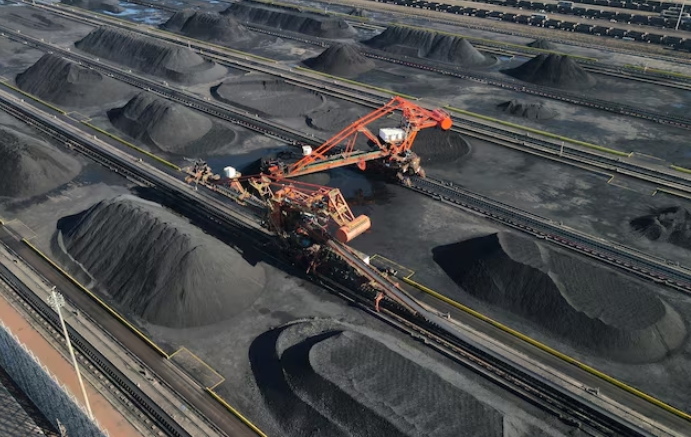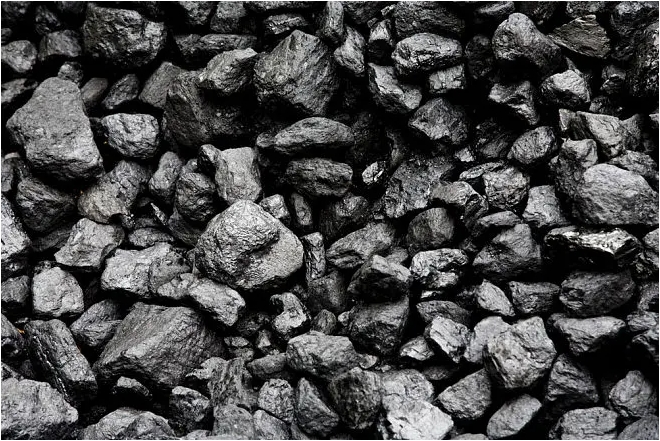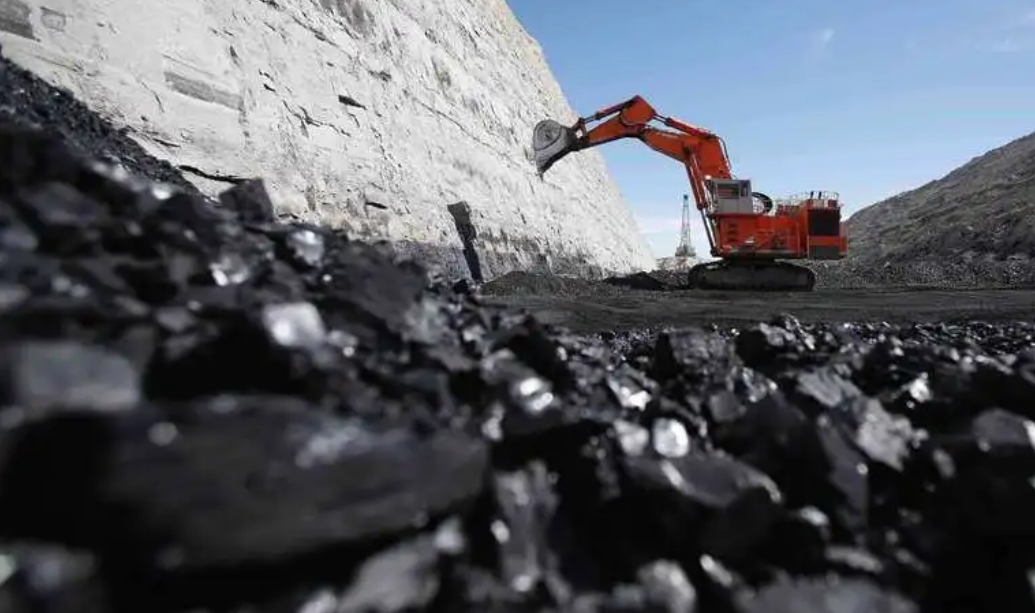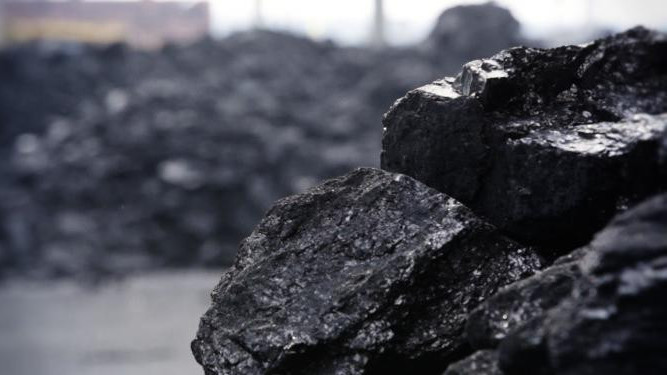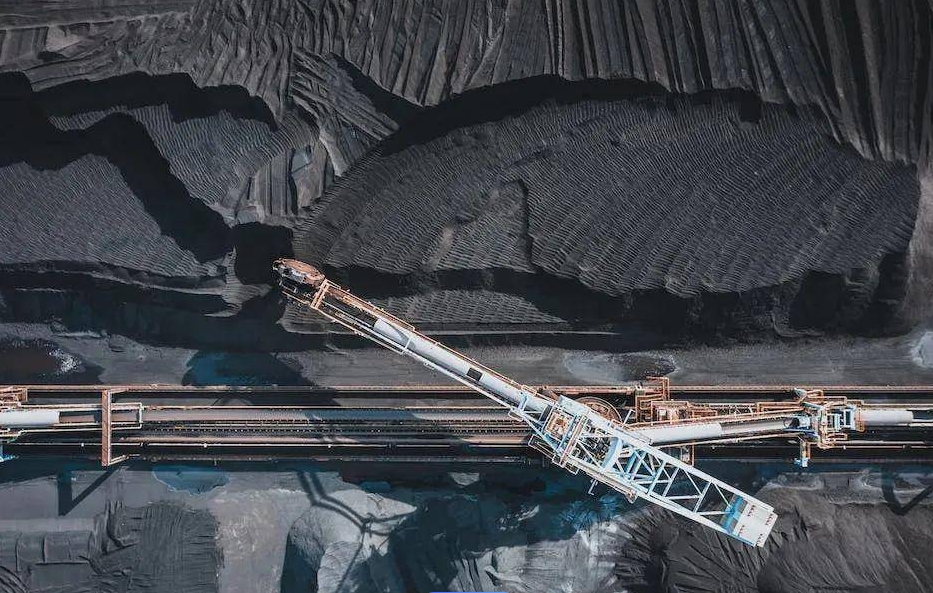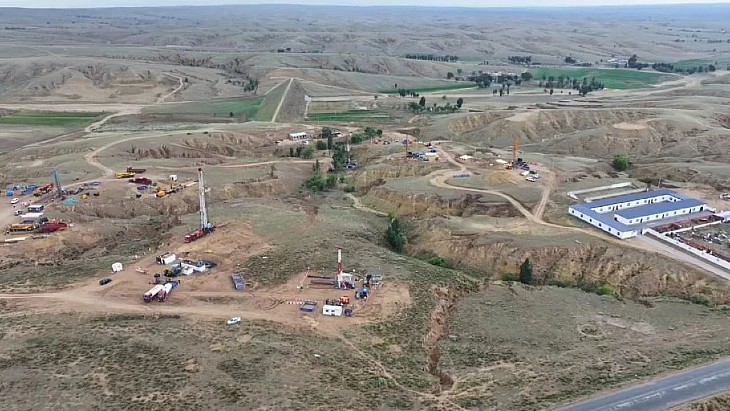
CAEA said the National Uranium No.1 project's "key technical indicators are among the best in the world" and it will have the highest safety, environmental and efficiency standards and, after completion, have "China's largest production capacity" and "further enhance" the country's security of supply of natural uranium, building on 30 years of "innovation and development of in-situ uranium mining" in the country.
The project will integrate automation, remote centralised control and big data analysis, which can achieve a situation where it is possible to have, from "thousands of miles away, one screen control, one-click uranium mining" and "visualisation of resource storage, intelligent operation analysis, and precise resource mining".
It will use CO2 and O2 in-situ leaching, where uranium is extracted through a closed-loop circulation of the uranium solution without lifting the ores to the surface for processing - a technique which CAEA says avoids water, gas and solid wastes and minimises carbon emissions.
The project is part of China's nuclear energy development plan, with natural uranium being the basis of the nuclear fuel cycle, and with demand forecast to increase as nuclear energy capacity expands across the world.
China currently has 56 operable reactors providing capacity of 54.36 GWe. There are a further 27 reactors under construction which will provide a further 29 GWe of capacity and there are dozens more at the planning or proposed stage. According to World Nuclear Association's information paper on China's nuclear fuel cycle, China aims to produce one-third of its uranium domestically, obtain one-third through foreign equity in mines and joint ventures in other countries and to purchase one-third on the open market.
